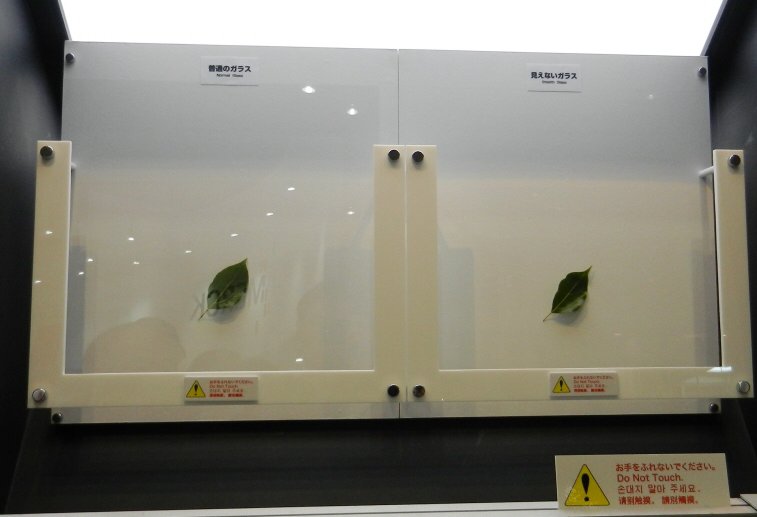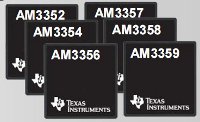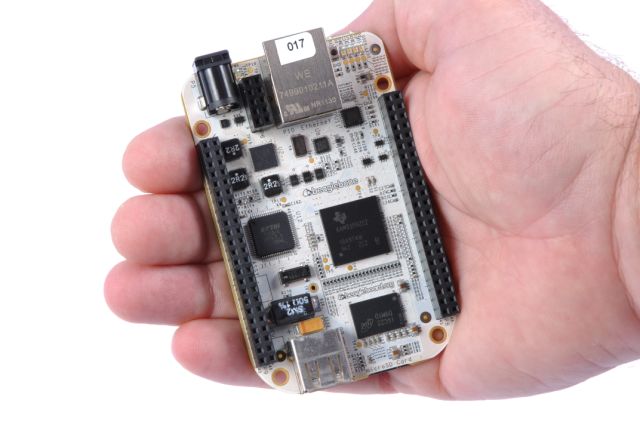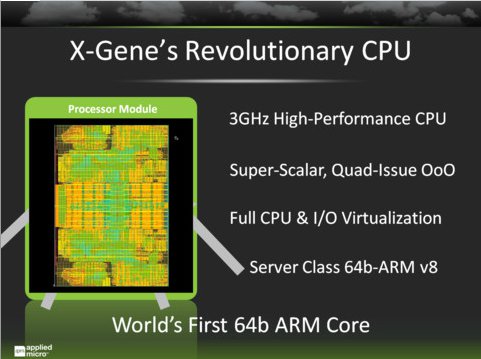Nippon Electric Glass Co Ltd developed a glass substrate that it calls “invisible glass” and exhibited it at FPD International 2011. The company reduced the reflection of light so that light reflections can hardly be seen on the glass substrate. Many visitors at the exhibitions were said to be gazing at the invisible glass with surprised looks on their faces. Nippon Electric Glass reduced the the reflection of light by forming an anti-reflection film on each of the front and back sides of the glass substrate. In the case of a normal glass substrate, about 92% of incoming light passes through it, and the rest 8% of the light is reflected on it. On the other hand, about 99.5% of incoming light passes through the new glass substrate. So, only about 0.5% of the light is reflected on it. Nippon Electric Glass claims that the luminous reflectance of the substrate […]
Linux Kernel Debugging – Linaro Connect Q4 2011
Linaro Connect Q4.2011 takes place on the 31 October – 4 November 2011 in Orlando. In the video below, Linaro toolchain developers asked kernel developers about their potential needs for kernel debugging. Several options to improve the kernel debugging experience were discussed. In particular, the toolchain group will make sure that OpenOCD works at least on one of the member boards to allow for easy debugging through JTAG. They also mentioned support for o-profile. This session was an opportunity to review debugging techniques used by kernel developers. It also allowed most participants to discover the GDB Text User Interface (GDB TUI), a very convenient way to interact with GDB, without having to go through heavyweight environments like Eclipse. You can follow this subject on Blueprints for Toolchain support for Kernel Debugging on Linaro website. The audio is quite poor, so use some headphones or boost the volume to hear anything.
TI Unveils Sitara AM335x ARM Series Cortex-A8 Processors
Texas Instruments has just announced the new Sitara AM335X Processors and the low cost Beaglebone development board. The low cost Cortex-A8 SoCs start at 5 US dollars per piece and are aimed at upgrading ARM9 solutions (software compatible) and adding new features such as 3D interfaces and touch screen, high resolution displays with faster performance. Texas Instruments says you could take those new upgraded products to market within 6 months thanks to their inexpensive development board (Beaglebone) and complete SDK. There are six models in the Sitara AM335X series: AM3552: Cortex A8 up to 720 MHz. AM3554: Cortex A8 up to 720 MHz with 3D Graphics (PowerVR SGX GPU). AM3556: Cortex A8 up to 720 MHz with programmable real-time unit (PRU) @ 200 Mhz. AM3557: Cortex A8 up to 720 MHz with PRU @ 200Mhz and EtherCat. AM3558: Cortex A8 up to 720 MHz with 3D Graphics and PRU @ […]
BeagleBone: New 89 USD Beagleboard
The BeagleBone is a low-cost, high-expansion hardware-hacker focused BeagleBoard. It is a bare-bones BeagleBoard that acts as a USB or Ethernet connected expansion companion for your current BeagleBoard and BeagleBoard-xM or works stand-alone. The BeagleBone is smaller than the previous version of BeagleBoards (looks like the business of a credit card) and features TI Sitara™ AM3358 Cortex A8 processor clocked at 700Mhz. The BeagleBone is also able to run a full-featured Linux. Here are the current hardware specifications: TI AM3358 ARM Cortex-A8 @ 700 MHz 256 MB DDR2 RAM Board size: 3.4″ x 2.1″ Shipped with 2GB microSD card with the Angstrom Distribution with node.js and Cloud9 IDE Single cable development environment with built-in FTDI-based serial/JTAG and on-board hub to give the same cable simultaneous access to a USB device port on the target processor Industry standard 3.3V I/Os on the expansion headers with easy-to-use 0.1″ spacing On-chip Ethernet, not […]
Applied Micro X-Gene 64-Bit ARMv8 Server-on-Chip Presentation
Applied Micro Showcases World’s First 64-bit ARMv8 Core at ARM Techcon 2011, Santa Clara California. The day ARM announced the first 64-bit ARMv8 instruction set architecture, AppliedMicro unveiled the launch of the industry’s first 64-bit ARM “Server-on-a-Chip” solution. Most of the presentation is used to explain the competitive advantage this platform would bring including TCO reduced by 30%. There is also an (underwhelming) demonstration of X-Gene based on Xilinx Virtex-6 FPGA running Server SoC consisting of ARM-64 CPU complex, coherent CPU fabric, high performance I/O network, memory subsystem along with fully functional SoC subsystem. The FPGA platform and tools will be available for customer evaluation by the first half of 2012. Redhat will be in charge of implementing ARMv8 support in Linux and this will be part of Fedora for ARM in the future. The platform will run LAMP: Linux, Apache, MySQL and Perl/PHP/Python. The silicon will be available in […]
MHL (Mobile High Definition Link) Turns Your Phone into a Set-Top Box, Game Console and more
MHL (Mobile High Definition Link) was introduced at Mobile World Conference 2011, some progress has been done since then. For now Two HDTVs are MHL compliant: the Toshiba WL800A and the Samsung UN46D7000. The Toshiba TV already have a firmware upgrade that provides MHL support, a firmware upgrade will come later for the Samsung HDTV. MHL provides market disruptive features that such as the ability to charging MHL compliant phones and tablets, control them with the TV remote through one simple MHL connector (micro-USB to HDMI). In the demo below, they show the phone connected to the Toshiba WL800A and being controlled with the TV remote control to play videos (including trick modes: pause, ffwd, etc..), play Android games and use a web browser. Once you install Google TV 2.0 in your phone (you’ll probably need Android 4.0) or tablet, you can get a great TV experience via your mobile […]
Run 2 OS Simultaneously on ARM (OMAP4) with Codezero Embedded Hypervisor
B Labs, a company specializing in ARM Virtualization, was at ARM Techcon 2011 showcasing Codezero, their Embedded Hypervisor to run multiple Linux OS such as Android and Chrome OS on ARM processors. The main purpose of running 2 operating systems is to separate home and enterprise operating systems in mobile devices so that enterprise data is safe. Charbax (ARMDevices.net) interviewed Bahadir Baldan, founder of B Labs, and showed a demo running 2 Android instances and another running Android and Linux in pandaboard. The overhead is 10 to 15% according to B Labs, so the performance hit is minimal. They have already managed to run 4 OS on quad core processors with good performance. They are not able to run Windows operating systems (e.g. Windows Mobile 7.5/ Windows 8) yet, because Cortex A9 processors lack virtualization extensions. This will however be feasible with Cortex A15 processors as binary virtualization will be available. […]
Google TV 2.0 For Android 3.1 Released
Back in August, Google released a Preview of Google TV Add-on for the Android SDK. Google has now announced a software upgrade for Google TV a software running on Android device (Smart TV / STB) such as the Sony NSX-24GT1 Google TV that bring web video (e.g. YouTube, Netflix and more) to the TV. Google admits the initial version of Google TV wasn’t perfect and they even asked partners not to show product with Google TV at CES 2011. Let’s see what improvements Google TV 2.0: 1. Keep it simple The interface is now much simpler. The new customizable home screen gets you to your favorite content quickly. And within “all apps” you can see all of your shortcuts, similar to your Android phone or tablet. 2. Make it easy to find something worth watching Search has been improved across the board for content from Live TV, Netflix, YouTube, HBO […]












